Devil’s Bridge (Catalan: El Pont del Diable) is a 2000 year old Roman aqueduct built during the reign of Emperor Augustus (27 BC to 14 AD) to supply the city of Tarraco with fresh water from the nearby River Francolí.
A testament to Roman engineering, the 249m long aqueduct continued to bring water to Tarragona until as recently as the 18th century.
Located in a wooded park 4km north of the city, Devil’s Bridge is easy to get to from Tarragona by public transport or even on foot. Entrance to the park is FREE and there is also a viewpoint on southbound carriageway of the AP7 motorway.

The Legend of Devil’s Bridge
There are several legends surrounding the construction of the aqueduct and how it got it’s diabolical name. They are all basically versions of the same story with a few minor changes:
Many years ago, there was an elderly couple who lived in the forest near Tarragona. Each day they loaded their donkey with products to sell at the market in a nearby village. The road to the village crossed an old wooden bridge over a deep river.
Unfortunately, one day there was a bad storm and floodwaters washed the old wooden bridge away. The next day when the couple found that they couldn’t cross the river the old man said:
“What a disaster, we can’t get to market and I’m too old to build a new bridge”.
The couple were still discussing their misfortune when a strange looking man appeared out of nowhere. When the old man explained what had happened, the stranger said:
“Don’t worry , tonight I’ll build you a new bridge and I’ll make it out of stone to ensure that it can’t be washed away.”
“What shall we do” said the old man to his wife “The only way he could possibly build the bridge in one night is by using some kind of magic”
When the old man asked what the bridge would cost and under what conditions the mysterious stranger replied:
“I’ll build the bridge for free in return for the soul of the first to cross the bridge”

At this point it became clear that the mysterious stranger was in fact the devil.
The old woman thought for a moment before accepting the devil’s offer.
The next morning, when the elderly couple arrived at the river, they found a large stone bridge and the devil awaiting his payment.
“What should we do now dear?” The old man asked his wife.
The old woman turned and slapped the donkey’s hindquarters so that it trotted over the bridge…

From Tarragona to the Roman aqueduct by public transport
Bus routes 5 and 35 stop at the aqueduct. Both buses depart from the same bus stop at Plaça Imperial (see map at the end of the post).
Buses depart every 15 to 20 minutes and take approximately 10 minutes to get to Devil’s Bridge. Timetables here.
The bus only stops if a passenger requests it by ringing the bell. All stops are announced over the buses tannoy system just before you arrive. The Pont del Diable bus stop is 200m after you pass below the AP7 flyover.
The bus stop is on the slip road leading from the small carpark. The bus takes the turn off then negotiates a small traffic island and stops just as it turns back on to the N240.
Both buses take a circular route and don’t stop at the aqueduct on the way back to Tarragona.
For the return journey you simply go back to the same bus stop and and catch another bus in the same direction to continue the loop back to Tarragona. The return trip takes approximately 45 minutes.

From the Roman aqueduct to Tarragona on foot or by bicycle
When we visited we decided to catch the bus to the aqueduct and then walk back to Tarragona along the PR C15 footpath.
If you decide to do the same you should allow a total of two and a half hours to travel to the park, visit the aqueduct and walk the 5km back to Tarragona. The walk itself takes about an hour and a quarter at a leisurely pace.

The footpath follows the River Francolí and is easy going and popular with families, dog walkers and mountain bikers.
If you are visiting during the summer don’t forget to carry water and wear sun protection. If it has rained in the previous 48 hours then the track will be muddy and may be flooded in parts.

As you return towards the carpark from the aqueduct you will see several signposts indicating Tarragona (Torres Jordi). Just before the park entrance there is a track which leads downhill to the left.
The path then crosses underneath the N240 through a small tunnel, and then continues towards the River Francolí, crossing under the AP7 motorway flyover.
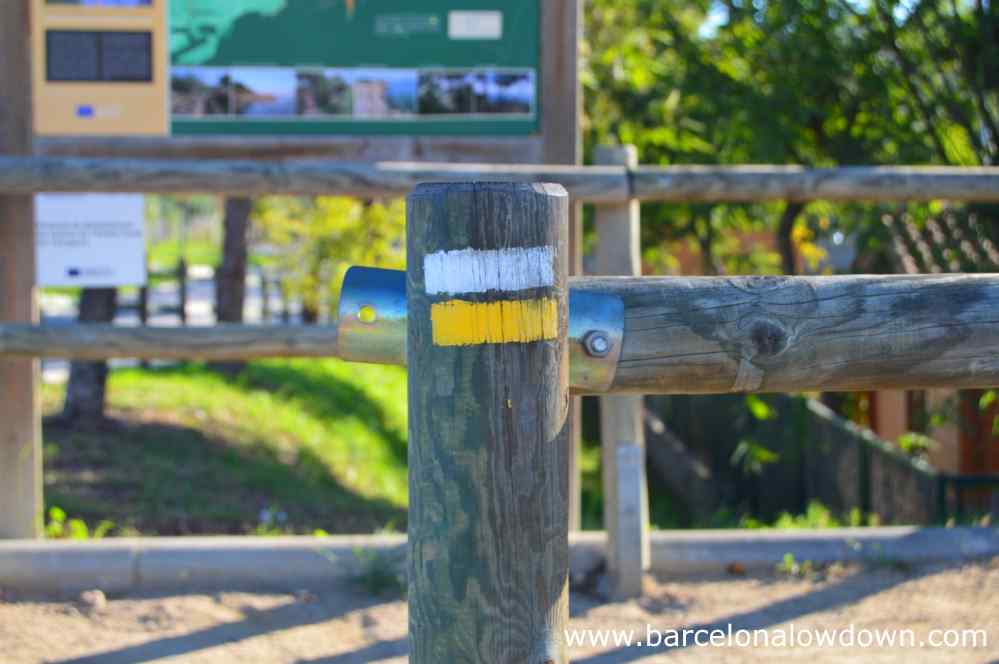
The next 1 km is a narrow path through the reed beds which flank the river. After which the path widens. You now simply need to follow alongside the river until you come to the Parc del Francolí.
For the last 2 km you can choose between the dirt footpath next to the river or the raised path which runs parallel to the river.
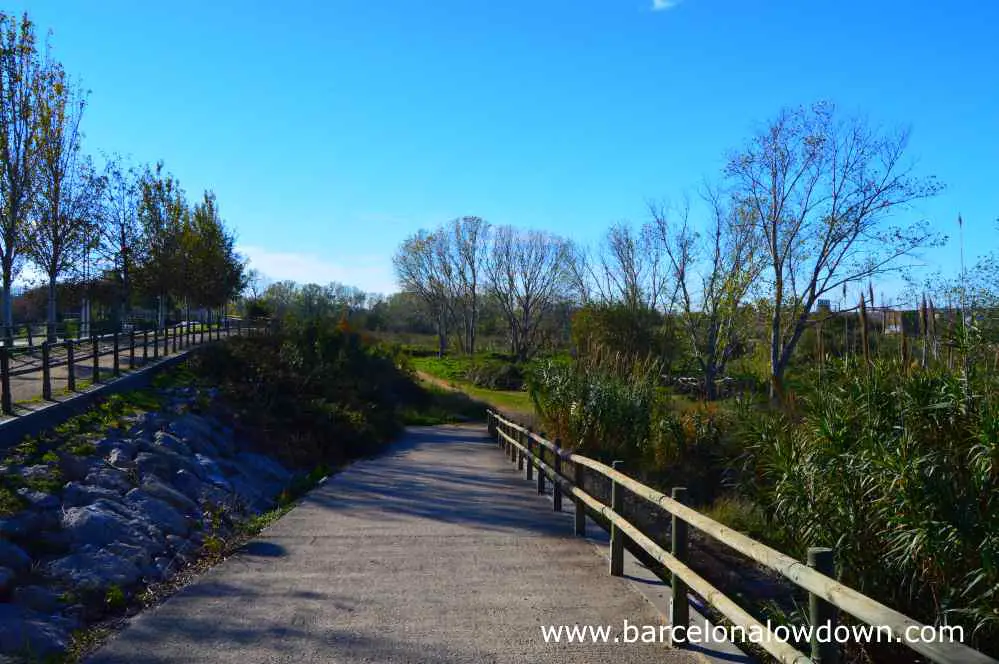
Upon arrival at Tarragona you will see several apartment buildings and an Eroski supermarket.
There’s a ramp up from the park here which brings you to Av. Ramón y Cajal and the Cementario Paleocristiano de Tarragona. If you have already visited the archaeological museum, entrance is included with the same ticket.
From here it’s a short walk to Rambla Nova and Tarragona city centre.
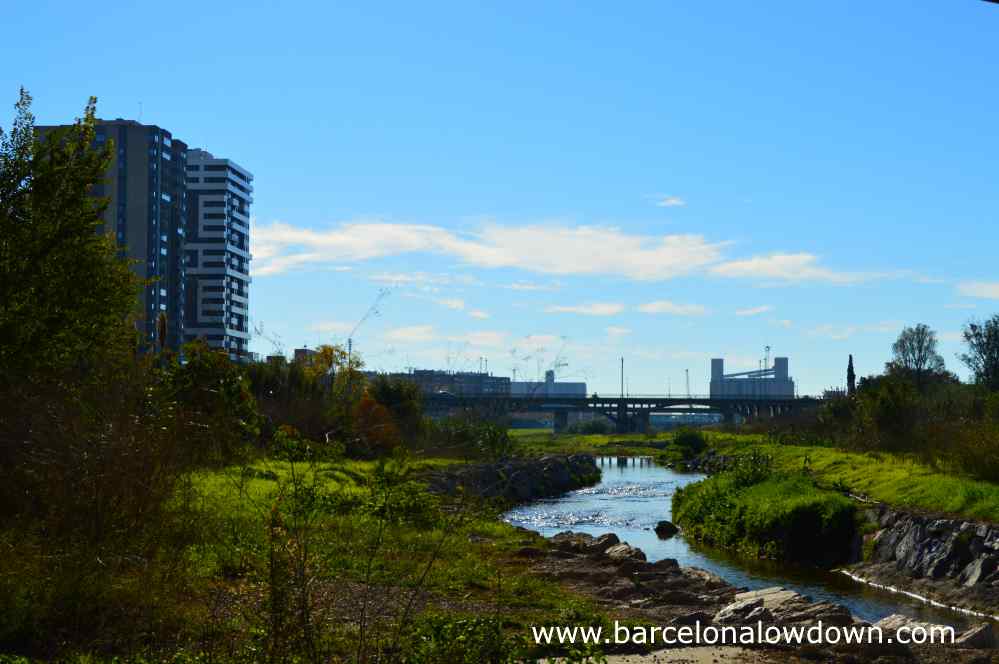
From Tarragona to the Roman aqueduct by car.
The aqueduct is 4km outside Tarragona on the N240 to Valls and Montblanc. Shortly after leaving the city the road passes under the AP7 motorway flyover. The turn-off is approximately 200m after the flyover.
There’s a free car park at the entrance to the park.
Tours
Small group day trip from Barcelona to Tarragona and Sitges including the Devils Bridge aqueduct.
Map
43005 Tarragona, Spain
43007 Tarragona, Spain
43007 Tarragona, Spain

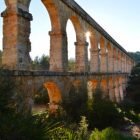

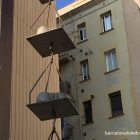

Thank you for the details. I am planning to visit in April
First time to Tarragona, reaching 1pm and leaving at 12pm next day. may I ask for advise on how to include this devil bridge into the itinery among the must see? Thank you
Hi CL,
Did you already read my post about Tarragona?
I recommend visiting the aqueduct early in the morning, to get the best light for photos.
So if I were you, with two half days in Tarragona, I’d probably spend the afternoon of the first day visiting the Roman amphitheatre, the Cathedral and the city walls, and then visit the auqeduct first thing on the second day before returning to Tarragona and visiting the other Roman sites.
Did the same as you – took the bus and then walked back – what a great excursion! Your guide helped a lot, thanks.
Hi Dan,
Thanks for your comment, I’m glad to hear you found the post helpful.
I keep meaning to return in order to record a Wikiloc trail of the route and take some better photos. Maybe 2024 will be the year!
What is the cost of this bridge?
Hi Bob,
Visiting the aqueduct doesn’t cost anything, there’s no charge to enter the park.